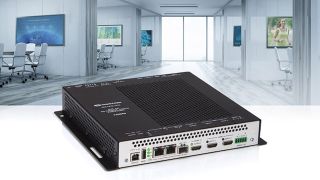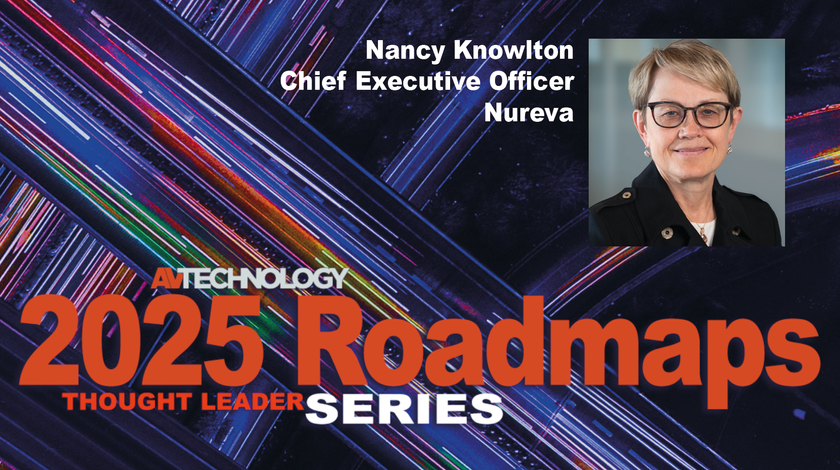Editor’s Note: The 1Gb vs 10Gb discussion is an ongoing conversation in the professional AV industry with many points of view. This column represents one voice in the conversation. Tech managers: do you have a different opinion? Are you using 1Gb? Please share your perspective with us by tweeting @AVTechnologyMag.

When comparing a 10Gb network AV solution to a 1Gb network AV solution, we need to move beyond the throughput and compression debate, and ask the questions about how these applications work for us in the real world: Are these solutions scalable? Will the infrastructure need to be completely redesigned? Will the customer accept the system on their network?
The goal for the technology staff at any organization considering an AV-over-IP solution is to find and successfully deploy systems that are flexible, sustainable, easy to manage, and cost effective. As an industry, we must learn and understand what larger forces are at play. Today, IT managers are looking for solutions that conform to their existing network standards, which are largely built around Cat-5e cabling and a 1Gb infrastructure. Research shows that in 2018 10Gb networks represent 4.3 percent of the total switches sold on campuses, whereas 1Gb represents 75 percent of the switches sold. Customers overwhelmingly use 1Gb infrastructure in the places people work because it leverages Cat-5e cabling, while 10Gb is relegated mostly to data centers.
Taking advantage of the 1Gb infrastructure, DM NVX conforms to the hardware standards that exist in every client site. Relying on existing infrastructure is especially important since AV is relatively new in the IT space. As an industry, we must conform to their specifications, not the other way around.
Ten-gigabit solutions require data-center switches and Cat-6a/7 wiring or fiber to distribute AV signals between endpoints. If advanced cabling and switches are desirable, customers might as well deploy traditional matrix switchers. There is not any quality, cost, scalability or installation advantage to 10Gb AV networks over traditional AV matrix switchers. For those customers, Crestron offers a 4K HDR stand-alone matrix switcher.
Some may argue 10Gb is the future since it provides a path to 8K. That, however, ignores the data. The research shows that 2.5Gb networks will be the future on campuses in the years to come because 2.5Gb works on existing Cat5e. Beyond the network trends, compression technology is accelerating exponentially, since it’s a limiting factor with all technology, not just AV. Thus, as compression improves and the network provides greater capacity, 8K is possible on existing infrastructure.
When industry professionals see how solutions, such as Crestron DM NVX, compares to other technology; they immediately focus on the versatility and simplicity of the device. DM NVX is engineered to fully conform to all critical components of the network—security, quality of service, Power-over- Ethernet, and system uptime. DM NVX is an AV-over-IP solution designed to eliminate expensive cabling, taking industry standards to the next level.
Beyond IT standards, Crestron successfully achieves visually lossless video over a 1Gb network and supports more video formats than any other provider. This is a testament to the engineering effort that has gone into creating DM NVX. Working with partners such as Intel, Crestron increased processing power and enhanced compression algorithms to get more data over Cat-5e. Beyond video, DM NVX additionally pushes audio, control, and USB2.0 through a single encoder/decoder, which significantly reduces system costs and provides greater flexibility. Patent-pending technology decodes and scales at the same time, minimizing latency and enabling a top-quality picture. All of this, with a near-zero failure rate.
Nic Milani is the executive director of commercial product marketing at Crestron Electronics.















